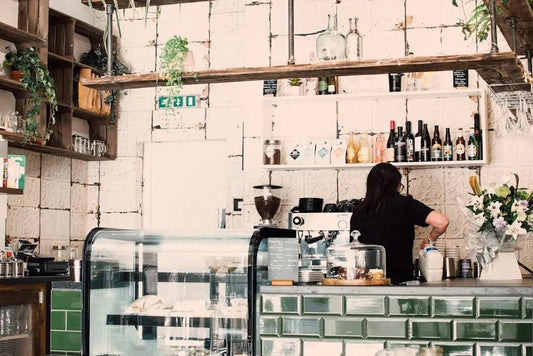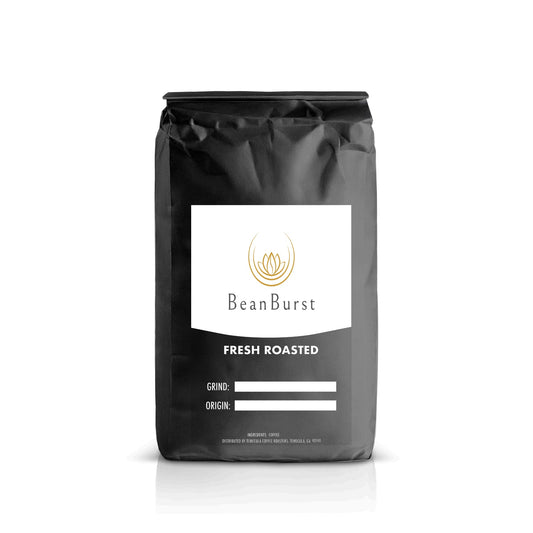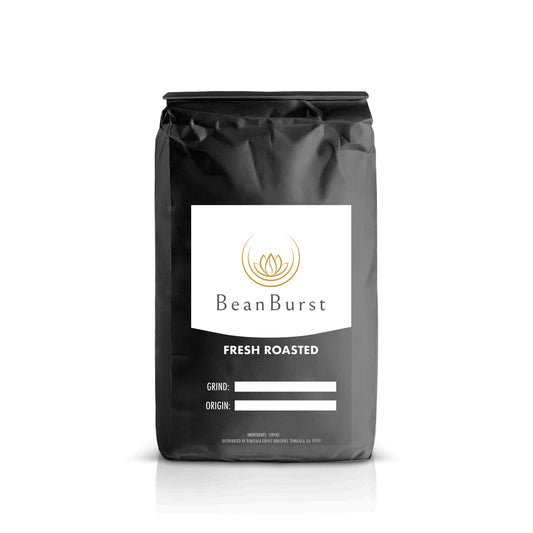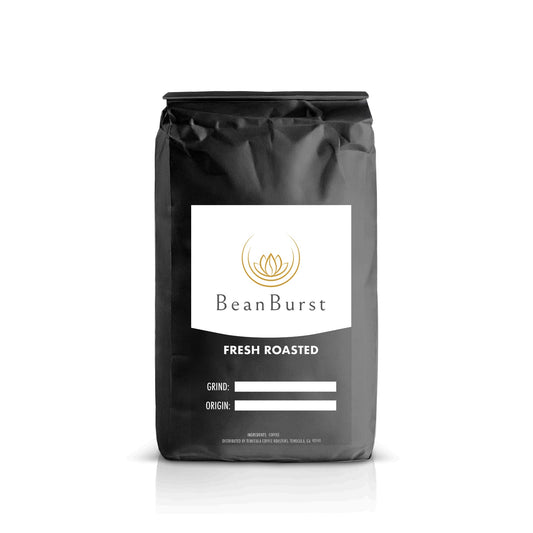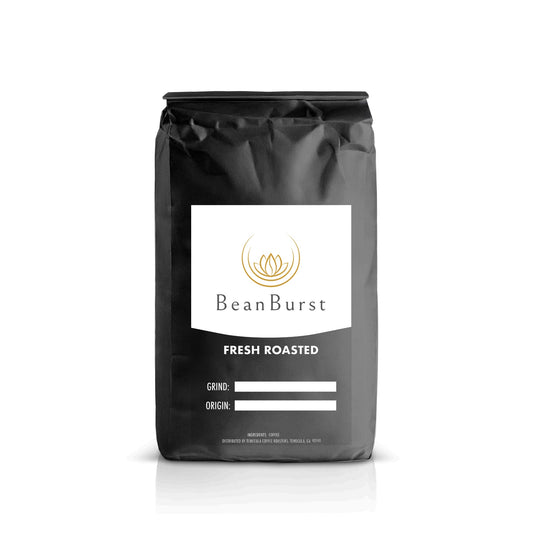Single origin coffee has become a popular choice among coffee enthusiasts, but what does it really mean for the flavor? In this blog, we’ll explore how the origin of coffee beans influences taste, aroma, and overall drinking experience. By understanding these factors, you can elevate your coffee enjoyment to a whole new level!
Understanding Single Origin Coffee
Single origin coffee is sourced from one location, providing distinct flavors that reflect the unique climate and soil of that region. This section will explain what single origin means and its importance in coffee selection.
When we talk about single origin coffee, we’re referring to beans that come from one specific area, whether that’s a specific country, region, or even a single farm. This focused sourcing approach allows for a closer connection between the beverage and its origins.
Understanding single origin coffee helps coffee lovers explore the nuances found within each cup, making it a fascinating journey of flavor and aroma. It’s not just about quantity but also the quality and story behind every bean.
Choosing single origin coffee can transform your coffee experience, leading to a deeper appreciation of the craftsmanship involved in growing and processing these beans. Every cup tells a story that reflects its heritage and cultivation practices.
Factors Influencing Flavor Profiles
The geographical location, altitude, and processing methods all play critical roles in shaping the flavor profile of single origin coffee. We’ll break down these factors and how they create different taste experiences.
Geography is one of the most significant influences on coffee flavor. Coffee beans grown at higher altitudes typically develop a more complex flavor profile, as the cooler temperatures slow down the ripening process, allowing for more nuanced flavors.
Additionally, the soil composition—a mix of minerals and organic matter—directly impacts the taste of the beans. Different regions produce beans with distinct taste characteristics, from the bright acidity of African coffees to the rich body of South American varieties.
Processing methods also affect flavor. For example, washed coffees tend to have a cleaner taste, highlighting acidity, while natural processed beans can offer a more fruity and full-bodied experience due to the way they are dried with the fruit still attached.
In summary, multiple factors intertwine in the world of single origin coffee, giving each cup its unique story. Exploring these elements can lead you to a coffee that speaks to your specific palate.
Common Flavor Notes in Single Origin Coffee
Different origins produce various flavor notes, ranging from fruity and floral to nutty and chocolatey. This section will highlight common flavor notes associated with popular coffee origins.
For instance, Ethiopian coffees often showcase bright floral notes combined with a burst of citrus, making them light and refreshing. On the other hand, coffees from Colombia typically offer a well-balanced taste, characterized by a smooth body and hints of caramel and nuts.
If you’re looking for something rich, consider a coffee from Brazil, which often presents nutty and chocolatey undertones, perfectly suited for those who enjoy a heavier, more indulgent brew.
Notably, Guatemalan coffees can bring out chocolate and spice notes, creating a warm, inviting cup that’s perfect for cozy afternoons. Understanding these flavor profiles allows you to choose a coffee that matches your mood and taste preferences.
Ultimately, the diversity in flavor notes is what makes single origin coffee so intriguing. Each cup invites you on a flavor journey, encouraging exploration and delight.
Tasting Tips for Single Origin Coffee
To fully appreciate the unique flavors of single origin coffee, it’s essential to know how to taste effectively. This section will provide tasting tips to help you identify the distinct traits of your coffee.
Start by using clean equipment, as any residual flavors can interfere with your tasting experience. Once brewed, take a moment to observe the aroma; it sets the stage for what’s to come. Inhale deeply to identify various scent notes, which can hint at the flavors you’ll find later.
As you sip, allow the coffee to linger on your palate. Notice how the flavors develop as the coffee cools. The initial taste may differ from the aftertaste, revealing different notes that you might not catch at first.
Don’t hesitate to explore different brewing methods—French press, pour-over, or espresso—each method can highlight different characteristics in your coffee, enhancing your tasting experience.
Lastly, keep a journal to track your tasting notes. With each single origin coffee you try, jot down your impressions to help refine your palate and preferences over time.
Pairing Single Origin Coffee with Food
Some single origin coffees pair beautifully with specific foods, enhancing the overall tasting experience. Here, we’ll discuss food pairings that complement various flavor profiles.
Light and fruity coffees, such as those from Ethiopia, are delightful with breakfast pastries or citrus-based desserts. The brightness in the coffee highlights the sweetness in the food, creating a harmonious balance.
For those rich Brazilian coffees, consider pairing them with chocolate desserts or grilled meats. The nutty flavors and heavier body can beautifully enhance both sweet and savory dishes, providing a satisfying pairing.
If you’re enjoying a complex Guatemalan coffee with chocolate and spice notes, try serving it with dark chocolate or spiced pastries. The flavors will echo each other, leading to a richer tasting experience.
Many enthusiasts find that matching coffee and food can elevate both the beverage and the meal. By experimenting with various combinations, you’ll discover your personal favorites.
Embrace the Unique Flavors of Single Origin Coffee
Choosing single origin coffee allows you to savor unique flavors that tell the story of their origin. With the insights provided here, you can better appreciate the diversity in the coffee world and find your perfect cup.




